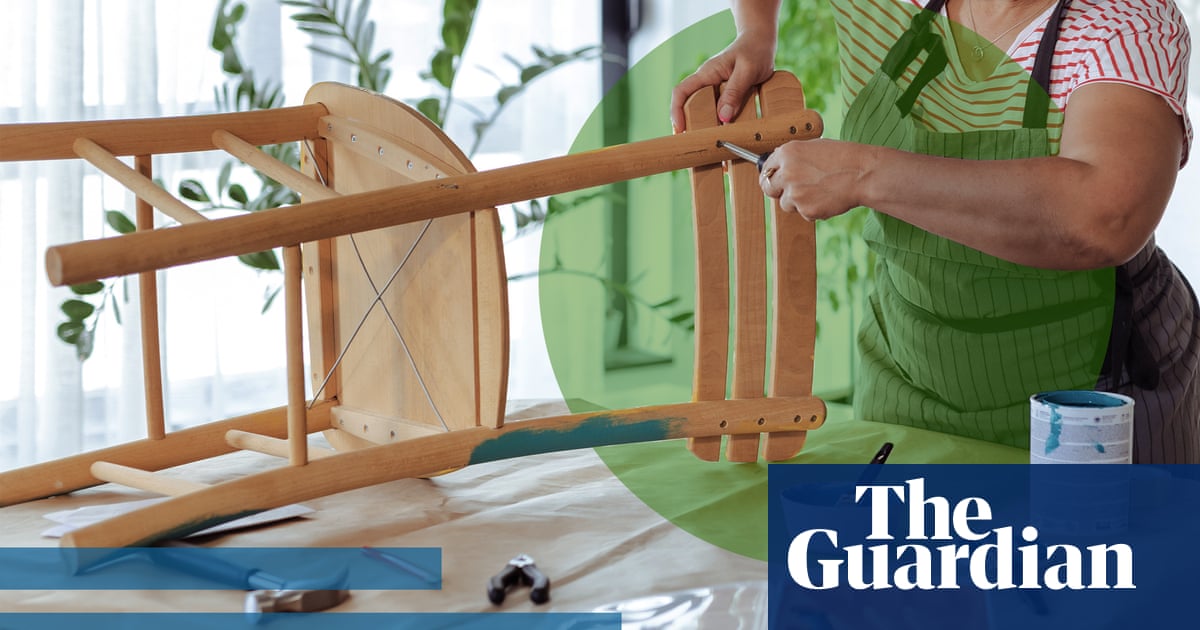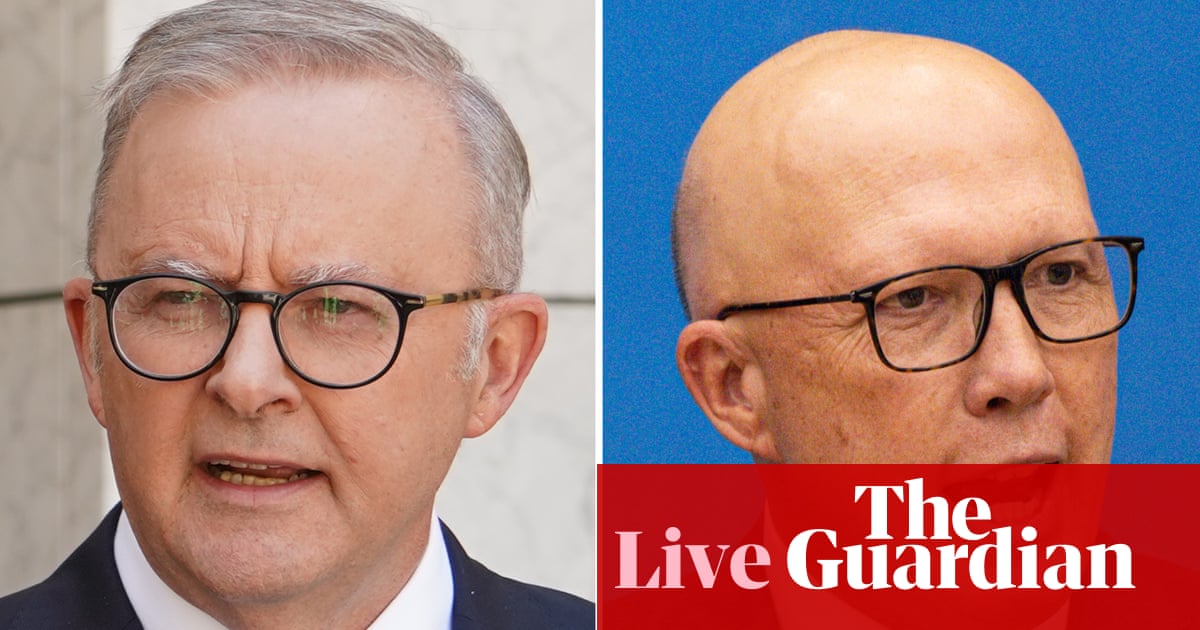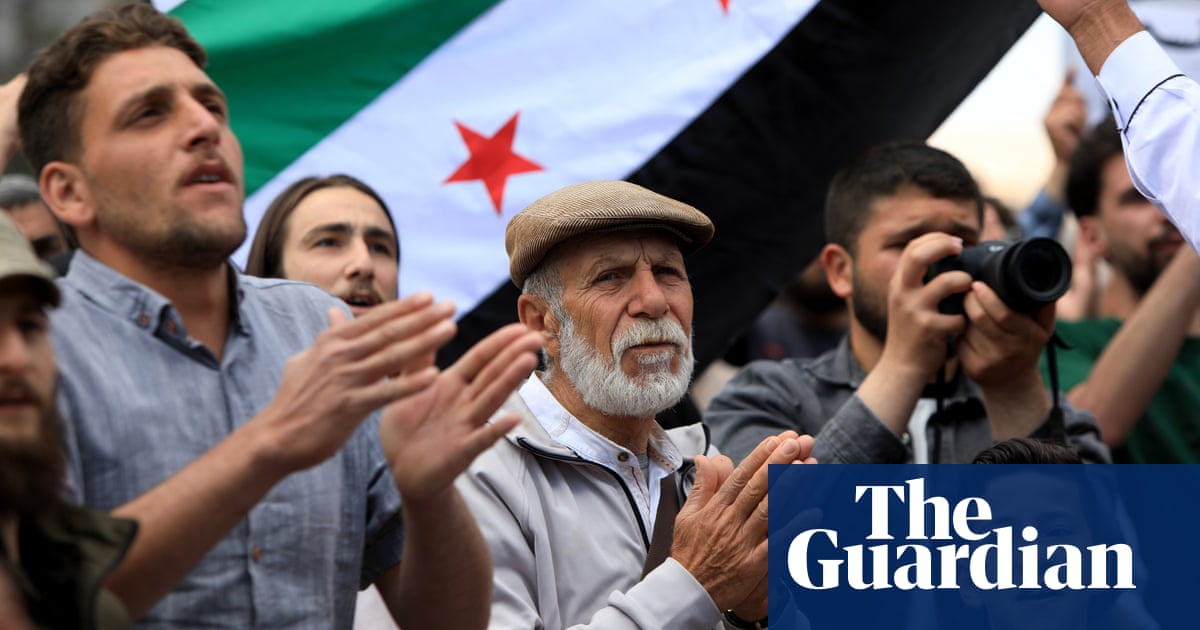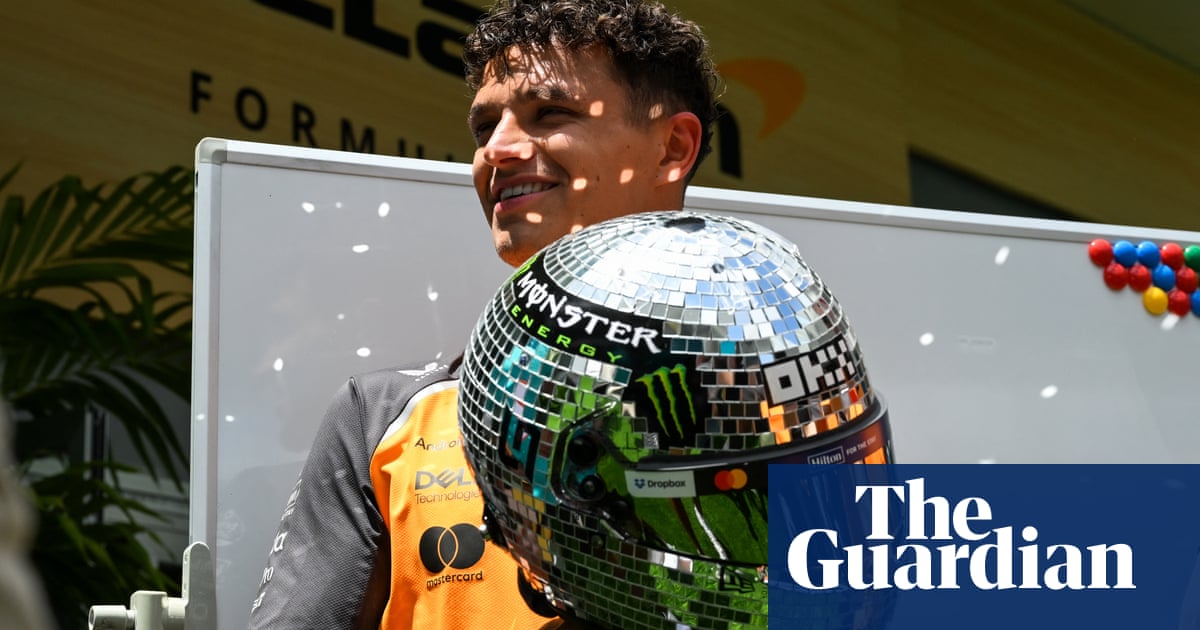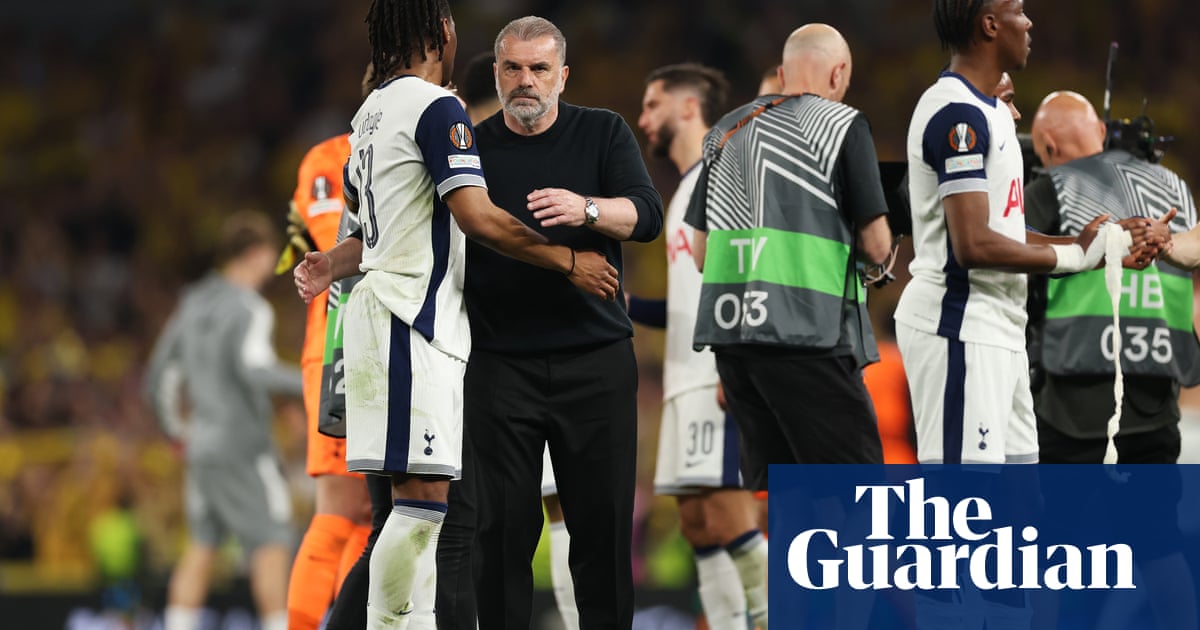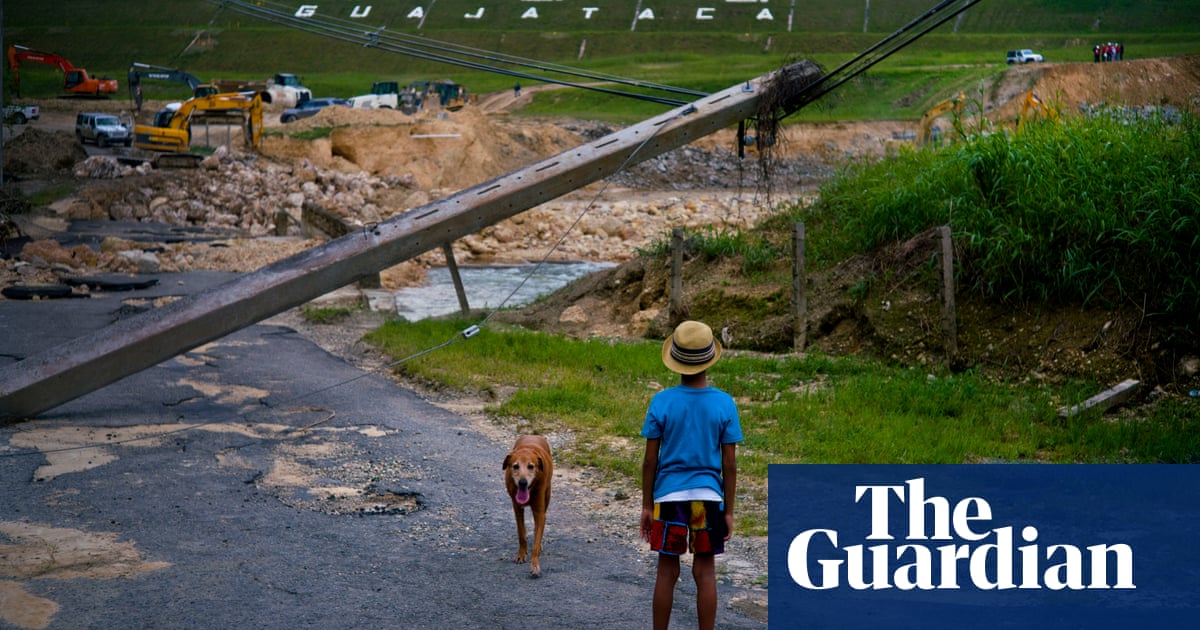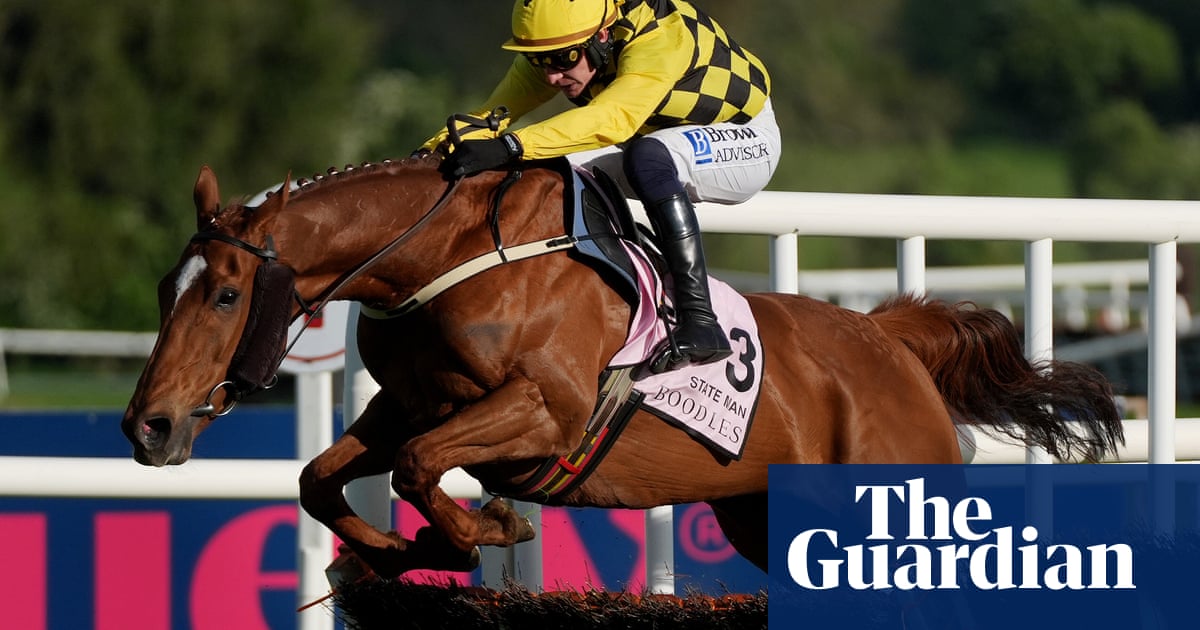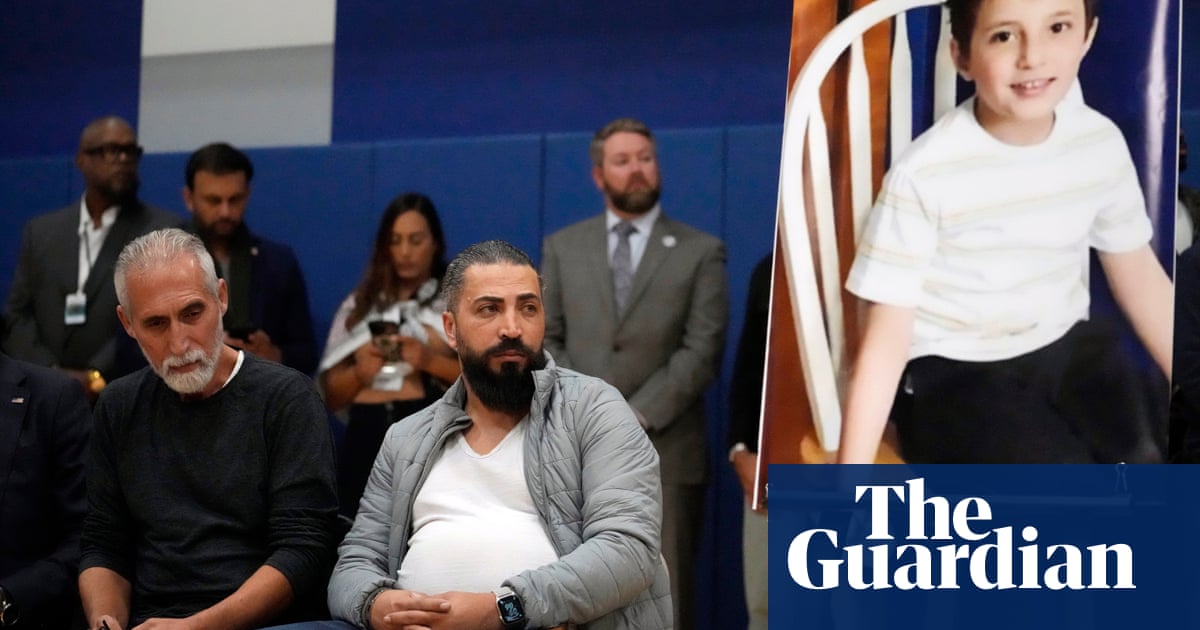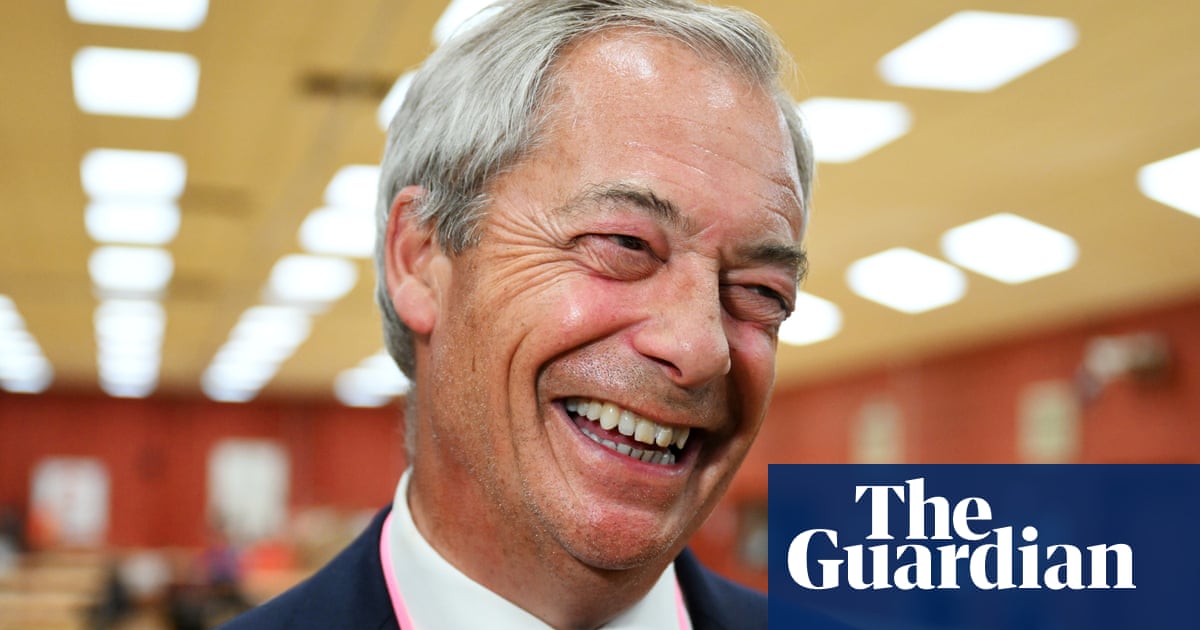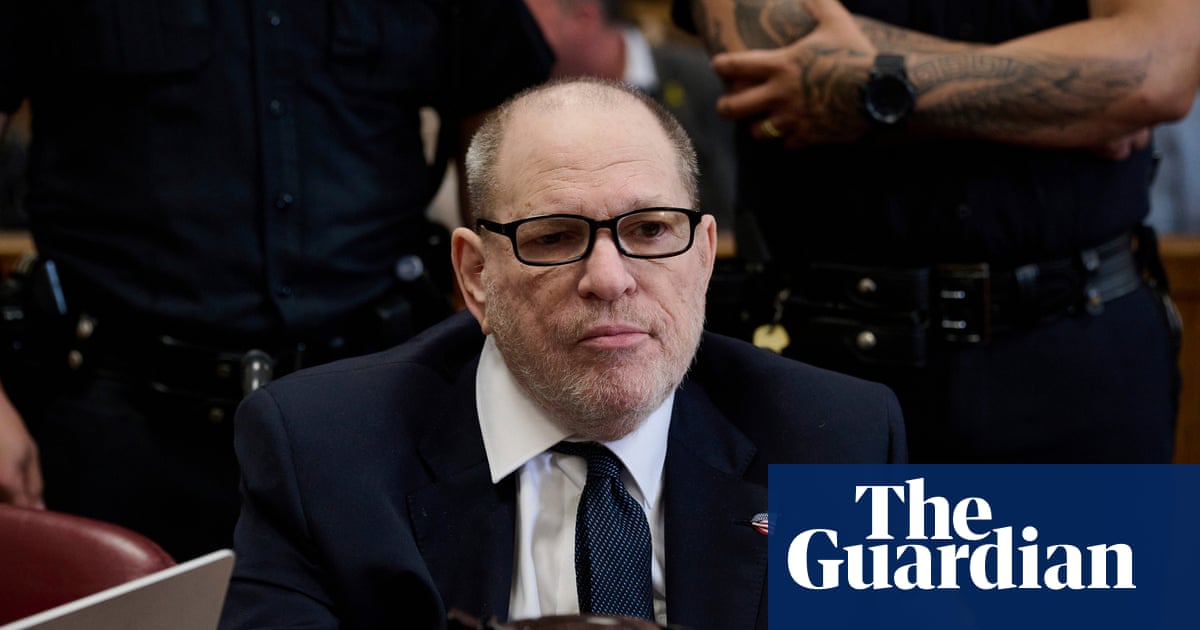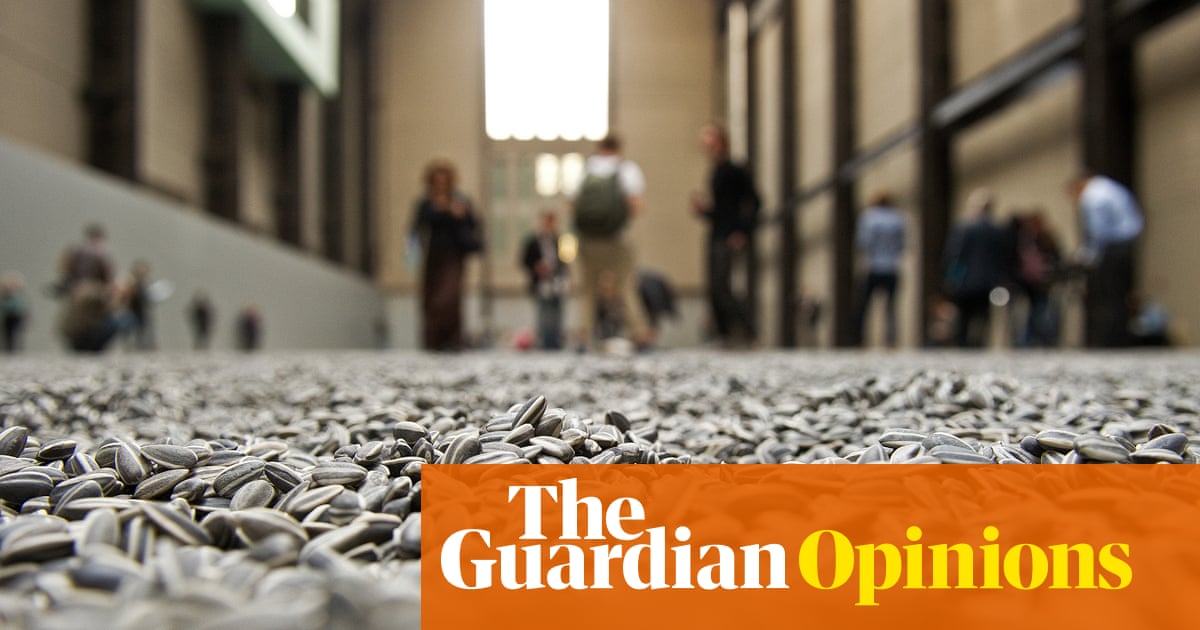Ten minutes into our interview, Nadya Tolokonnikova ducks to fetch a piece of paper from the floor and I find myself looking at something unexpected behind her. Next to a double bed, two crucifixes hang on the wall. Given the Siberia-born artist is best known for a performance piece that so offended the head of the Russian Orthodox church that he called it blasphemy, the discovery of such devotional regalia comes as a surprise. It certainly doesn’t suggest “religious hatred”, which is what a Moscow court said in 2012 motivated Tolokonnikova’s group Pussy Riot to perform a “punk prayer” in the city’s Cathedral of Christ the Saviour, before sentencing her to two years imprisonment. Nor does it smack of someone bent on hurting the “religious feelings of believers” – the charge under which Tolokonnikova was sentenced again two years ago, this time in absentia, and put on Russia’s wanted list.
Famous for performing in garishly coloured balaclavas, Pussy Riot appeared unmasked in court in 2012 – which turned the photogenic Tolokonnikova into the most globally recognisable face of a wave of protests against the then Russian PM Vladimir Putin. But looking at those bedside crosses, and at her new exhibition in Berlin, you wonder if everyone got the wrong end of the stick. Part of the German capital’s gallery weekend, her solo show Wanted at Galerie Nagel Draxler doesn’t just feature a replica of her former prison cell and a screening of the Putin’s Ashes performance that led to her wanted status, but also Tolokonnikova’s own paintings of religious icons. She uses tasteful old Slavic calligraphy techniques – while putting the icons in Pussy Riot ski masks.
“I don’t have any hatred of the Orthodox church,” says the 35-year-old, who prefers her location not to be disclosed, as she speaks to me over Zoom. “I don’t like the corrupt elements, but it is a part of the heritage our country can actually be proud of.” She pauses. “That was something very difficult to communicate to the judge, who didn’t want to listen.”
The Punk Prayer electrified Europe and beyond. Balaclavas appeared in Hollywood films and on the runway at New York fashion week. “Progress is not guaranteed / I say Pussy Riot’s what we need”, sang American singer-songwriter Jeffrey Lewis. “Pussy Riot are a reminder that revolution always begins in culture,” the Guardian pronounced. But the revolution never came. Pussy Riot’s protest marked a genuine moment of weakness in Putin’s system, but their boldness may have inadvertently led the world to view Russian society as more courageous and determined than was the case.
“I think it’s awesome that you guys romanticised Russian society,” says Tolokonnikova, with a cheerfulness that teeters on sarcasm. “The fact that you saw it as strong may have been a factor in it believing it actually was.”

The last time she spoke to the Guardian, Tolokonnikova expressed hope that opposition leader Alexei Navalny could one day become a “worthy successor” to Putin. But Navalny, who supported Pussy Riot’s cause after initially dismissing them as “silly girls”, died in prison in February last year. “Maybe one day we’ll believe in someone as much as I believed in Navalny,” she says. “But not now.”
What, amid all these devastating turns, does she find to draw hope from? In her 2018 book Read and Riot: A Pussy Riot Guide to Activism, Tolokonnikova wrote: “Art is capable of giving hope and meaning to those who are desperate.” But looking at her recent artistic output, you have to squint hard to detect much light.
The Berlin exhibition is inspired by her reading of the work of the US clinical psychologist and trauma specialist Peter A Levine, who suggests patients close their eyes and revisit their traumas – while trying to relate different bodily experiences to them. So Tolokonnikova chose to build a replica of the isolation cell she was transferred to after going on hunger strike in 2013, leaving the open wards where she spent most of her incarceration. “I was thrilled when I was put in that cell,” she says. “The Russian system of penal colonies still resembles the gulag: people put in barracks without any personal space. So we only could dream about a personal cell.”

Alongside this duplicate cell, other things will bring Tolokonnikova’s time there alive: her prison badge, the pay stubs for the paltry sums she received for her labour, and drawings sent to her by her young daughter. There will also be a print-out of the open letter in which she announced her hunger strike in protest at the “slavery-like conditions”. It was smuggled out of jail by her ex-husband, the artist and activist Peter Verzilov, and led to an investigation, followed by the conviction of a member of the prison administration. It remains a work of enormous power.
“It has been a year since I arrived at Penal Colony No 14 in the Mordovian village of Parts,” she wrote. “As the prisoner saying goes, ‘Those who never did time in Mordovia never did time at all.’ I started hearing about Mordovian prison colonies while I was still being held at Pre-Trial Detention Centre No 6 in Moscow. They have the highest levels of security, the longest workdays, and the most flagrant rights violation. When they send you off to Mordovia, it is as though you’re headed to the scaffold.”
But there is an air of cynicism, even bitterness, to some of the new works. Mounted on the gallery walls are DIY “Molotov kits” that look like bottles of perfume. Shining in neon hues that echo Pussy Riot balaclavas, they seem to be making a provocative comment about the commodification of protest culture, something she was such a thrillingly pivotal part of.

She does not hide her disillusionment. “I’m sad,” she says. “Ever since the full-scale invasion of Ukraine started I feel … defeated. I still do what I do. I still believe in the power of art. But these days, I feel like the musician from the movie Titanic, who was playing the violin. He can’t stop the ship from sinking, but he can lift the spirits of people while they are going down.”
Talking of commodification, in her book Tolokonnikova insists Pussy Riot “don’t want to live in a world where everyone is for sale and nothing is for the public good”. But in 2021, she started an account on OnlyFans, the online platform where creators offer adult content to paying subscribers. She says that she also posts erotic self-portraits on her Instagram channel, and those are “for the public good”. And the stuff on OnlyFans? “Well, I really enjoy it. It arouses me. And it’s honest work. One needs to eat and pay the bills and pay for the kids’ education and that’s how I do it. Political art is not a good business strategy.”
She catches herself and says: “I wouldn’t want this article to be called, ‘Nadya doesn’t have hope any more.’ If I didn’t have hope any more, I wouldn’t keep going, right?” She points to Mediazona, the independent news outlet she set up with Pussy Riot co-founders and the journalist Sergei Smirnov in 2014. Initially focused on Russian prison conditions, it has become one of the most-cited Russian-language media companies since the start of the Ukraine war, tracking Russian military deaths and alleging abuse of Ukrainian PoWs. Its staff recently said it was on the verge of collapse, unable to pull in enough crowdfunding revenue since Visa and Mastercard suspended operations in Russia. “I do still have hope,” she says. “It’s just not revolution. It’s more subtle and it’s more long-term.”
Then she gets up to fetch one of those crucifixes and hold it to the camera. Pasted on the cross is a collage of naked women in pornographic poses, a riot of female genitalia. Suddenly the old Tolokonnikova seems not so far away.
-
Wanted is at Galerie Nagel Draxler, Berlin, until 6 June. On 3 May, Nadya Tolokonnikova is talking to artist Anne Imhof and curator Klaus Biesenbach at the Neue Nationalgalerie

.png) 13 hours ago
5
13 hours ago
5

